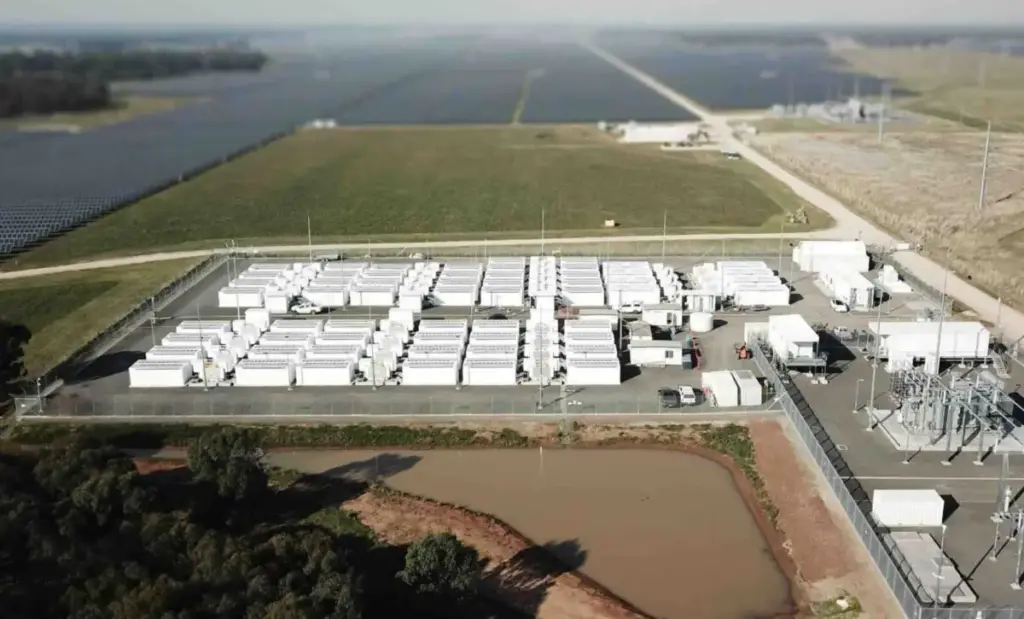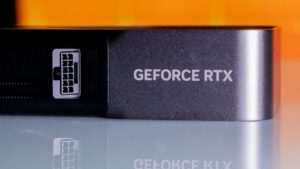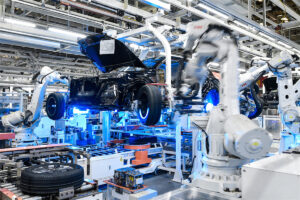
Solar battery hybrid projects have taken center stage in Australia’s renewable energy landscape, securing the majority of projects and capacity in the federal government’s latest generation tender under the Capacity Investment Scheme (CIS). On Thursday, Federal Energy and Climate Minister Chris Bowen announced 20 projects with a combined capacity of 6.5 gigawatts (GW) that have been awarded revenue underwriting agreements in this latest CIS tender for large-scale wind and solar initiatives.
The announcement comes as the CIS expands its target to 40 GW of generation and storage capacity. The tender process has been accelerated to meet the ambitious goal of achieving 82 percent renewable energy. The next tender, aimed at securing an additional 5 GW of capacity, is already open for registrations, with bids due by October 14. A new tender for dispatchable generation is set to open in November.
Solar Battery Hybrids Rise to Prominence
The standout feature of this tender is the resurgence of solar projects, particularly those paired with large batteries to form solar battery hybrids. These projects have outperformed wind energy in terms of both overall capacity and project numbers. In contrast, the first generation tender, announced last year, saw wind projects leading in capacity, although none have yet reached financial closure in Australia.
The financial challenges facing wind projects are largely attributed to increased costs, whereas solar and battery storage technologies are benefiting from declining prices. Batteries are included in 12 of the 20 winning CIS projects, compared to just eight of 19 in the previous tender. Notably, there are 11 winning solar battery hybrids and one wind battery hybrid, boasting a combined battery capacity of 3.5 GW / 11.4 GWh.
“It has been something of a battery bonanza, with revenue underwriting agreements for 28 battery projects over the last two tenders totaling 7.6 GW and 28 GWh of battery storage.”
Key Project Winners and Regional Highlights
The largest project winner in the latest tender is the Liverpool Range wind project in New South Wales (NSW). Edify Energy emerged as the most successful developer with three project wins. NSW and Queensland share the top spot with six projects each.
Minister Bowen remains optimistic about meeting the renewables target, despite some analysts’ skepticism. He noted that the CIS is highly popular, with the latest tender oversubscribed by a factor of four. The winning projects are expected to attract $17 billion in new investments.
“The Capacity Investment Scheme continues to be popular and competitive, delivering cheaper, cleaner, and more reliable energy for all Australians for years to come,” Bowen stated.
Other notable winners include AGL, which secured a win for its 600 MW Hexham wind project in Victoria. The state of Tasmania celebrated its first winner with the 224 MW Bell Bay wind project. Meanwhile, Edify Energy’s projects in Queensland and Victoria are noteworthy for their significant battery storage capacities, with plans for further expansion.
Economic and Social Impacts
The government highlights the broader economic and social benefits of these projects, estimating $291 million in shared community benefits and $348 million in First Nations benefits. The projects will create 12,000 construction jobs and over 1,000 long-term maintenance roles, alongside purchasing $1 billion in Australian steel.
All projects are expected to be completed by December 2029. Winning bids are awarded a CIS agreement, providing a financial safety net that should facilitate securing commercial contracts.
The tender announced on Thursday marks the fourth under the CIS, with plans for at least two tenders a year for the main grid under a new fast-tracked process. The CIS’s capacity target has been increased to 40 GW, reflecting the government’s commitment to a sustainable energy future.
For more insights, listen to the latest episode of Renew Economy’s Energy Insiders podcast featuring Chris Bowen, or explore the Big Battery Storage Map of Australia for additional information.







